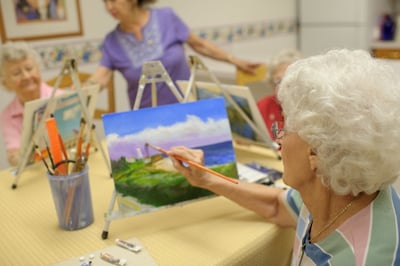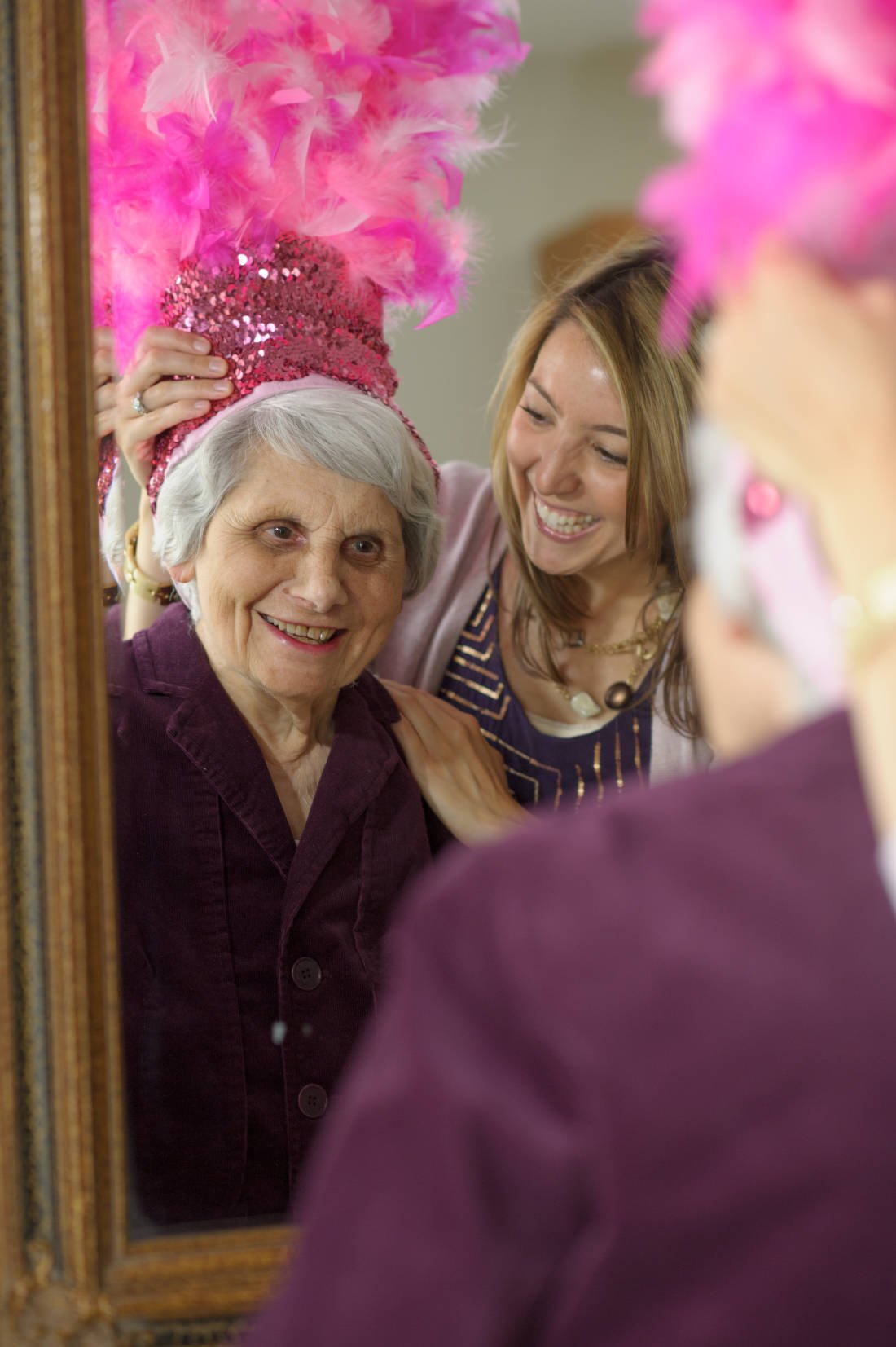Exploring Color Therapy
 Have you ever looked at the sky or sea and felt a sudden sense of relaxation? Or walked into a red room and immediately felt invigorated and energized, or maybe angry? If so, you may have subconsciously experienced color therapy, an alternative medical practice that uses light in the form of color to influence feelings and even promote healing. Let’s take a closer look at this method, along with how it can be used as a wellness strategy, particularly for older adults.
Have you ever looked at the sky or sea and felt a sudden sense of relaxation? Or walked into a red room and immediately felt invigorated and energized, or maybe angry? If so, you may have subconsciously experienced color therapy, an alternative medical practice that uses light in the form of color to influence feelings and even promote healing. Let’s take a closer look at this method, along with how it can be used as a wellness strategy, particularly for older adults.
All About Color Therapy
Also called chromotherapy, this practice originates from a simple concept: the use of color as therapy. While the science behind color therapy is still underway, most experts agree: Color has a profound power to impact our moods and influence our feelings. Some people even believe color therapy can heal.
How colors affect us is believed to relate to the body’s seven main chakras (or energy centers). Every color works in different ways. Colors like white, blue, and green are thought to be peaceful and calming while bolder hues like red, orange, and yellow are known for their stimulating qualities. When used in certain combinations, color is thought to promote balance, health, and overall wellbeing.
Color Therapy and Older Adults
When incorporated into your aging loved one’s environment, color can be an effective tool. For example, if your loved one struggles with sleep issues, creating a space using soothing blues and greens for wall color, bedding, and accessories can have a tranquil effect. Red, meanwhile, is a known appetite-booster and may work well in the kitchens and dining rooms of seniors with low appetites. In living rooms, experts recommend occasional pops of bold, bright colors to promote focus and alertness during daytime hours. Other colors with particular benefits for seniors, according to color therapy techniques? Brown promotes feelings of coziness and safety; soft yellow adds warmth and cheers to a room; white opens up space and helps it feel lighter and airier, and purple nurtures the creative part of the brain.
Color Therapy and Dementia
Color therapy may also have benefits for aging adults suffering from dementia or Alzheimer’s disease. Dementia can create confusion with respect to time and place. Using color to make key destinations (such as the bedroom, bathroom, or living room) easily visible can be helpful for increasing awareness and orientation, such as using blues in a bathroom. For a loved one with dementia, calming colors like soft greens and yellows may help to reduce agitation. Bright contrasting colors may also help in making sense of the environment, such as using brightly colored tableware on a white tablecloth. (for more tips for organizing a home around the needs of a person with dementia, visit: https://www.alz.org/)
Color Therapy Tips
Because aging adults may see a diminished spectrum of colors, choosing high-contrast color schemes can amp up the impact. Additionally, you don’t have to overhaul your aging loved one’s entire living space to derive benefits from color therapy. Whether you take on a specific room where a change in mood would be particularly desirable or implement strategic elements of color throughout the home, color research and methods can be easily integrated into your loved one’s living space.
One last thing to keep in mind when considering color therapy? It’s one part art and one part science. Why? Because it’s ultimately subjective. While many colors evoke the same feelings in many people, how a specific shade affects you is ultimately quite personal. Talking with your aging loved one about how particular colors make him/her feel can help you use color therapy in the most effective way.
Key Takeaways
-
While color therapy has been used for thousands of years in ancient cultures all over the world, it also has contemporary applications.
-
Seniors can benefit from color therapy in many ways, including in their living spaces.
-
Color Therapy can also have benefits for individuals with dementia.
- While certain colors are linked with certain feelings and emotions, color therapy is personal and should be guided by each individual's own feelings and preferences.
About Marissa Salvesen
My journey into the world of senior living began when I started working for United Methodist Homes in 2010. Starting as an Activities Director at one of our award-winning assisted and independent living communities and then transitioning to Marketing and Promotions Manager for UMH, I now work as the Manager of Mission Development, fostering the Mission and Values of our organization. I love sharing stories about the many ways we build meaningful relationships and enrich the lives of those we serve, and am proud to be part of building UMH’s 140-year legacy of caring. Wondering what makes our communities such special places to live and work? Connect with me and find out!

Our Blog is a 2016 Platinum Generations Award Winner! The Generations Award is an annual international competition for excellence in senior marketing recognizing professionals who have communicated to the 50+ Mature Markets.



